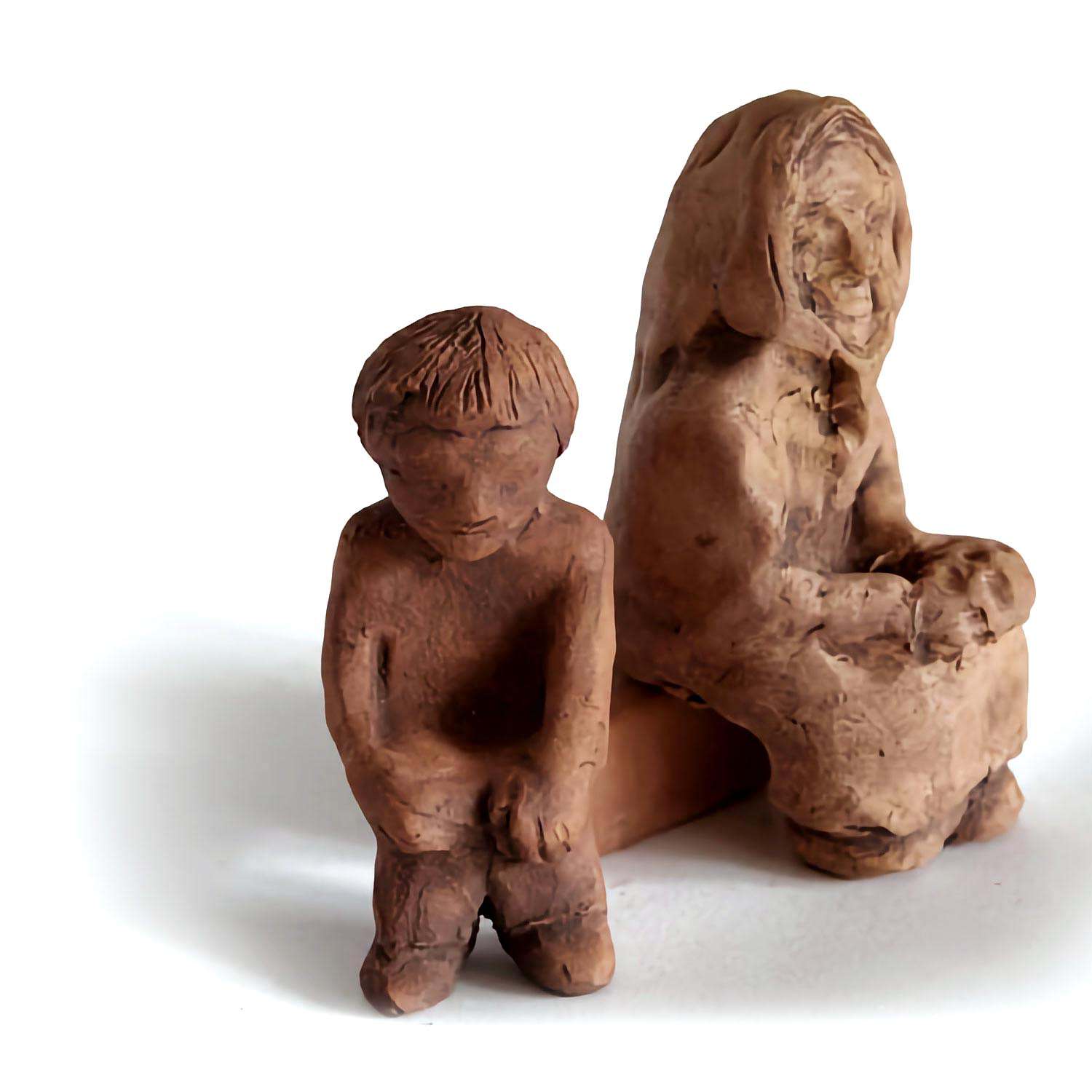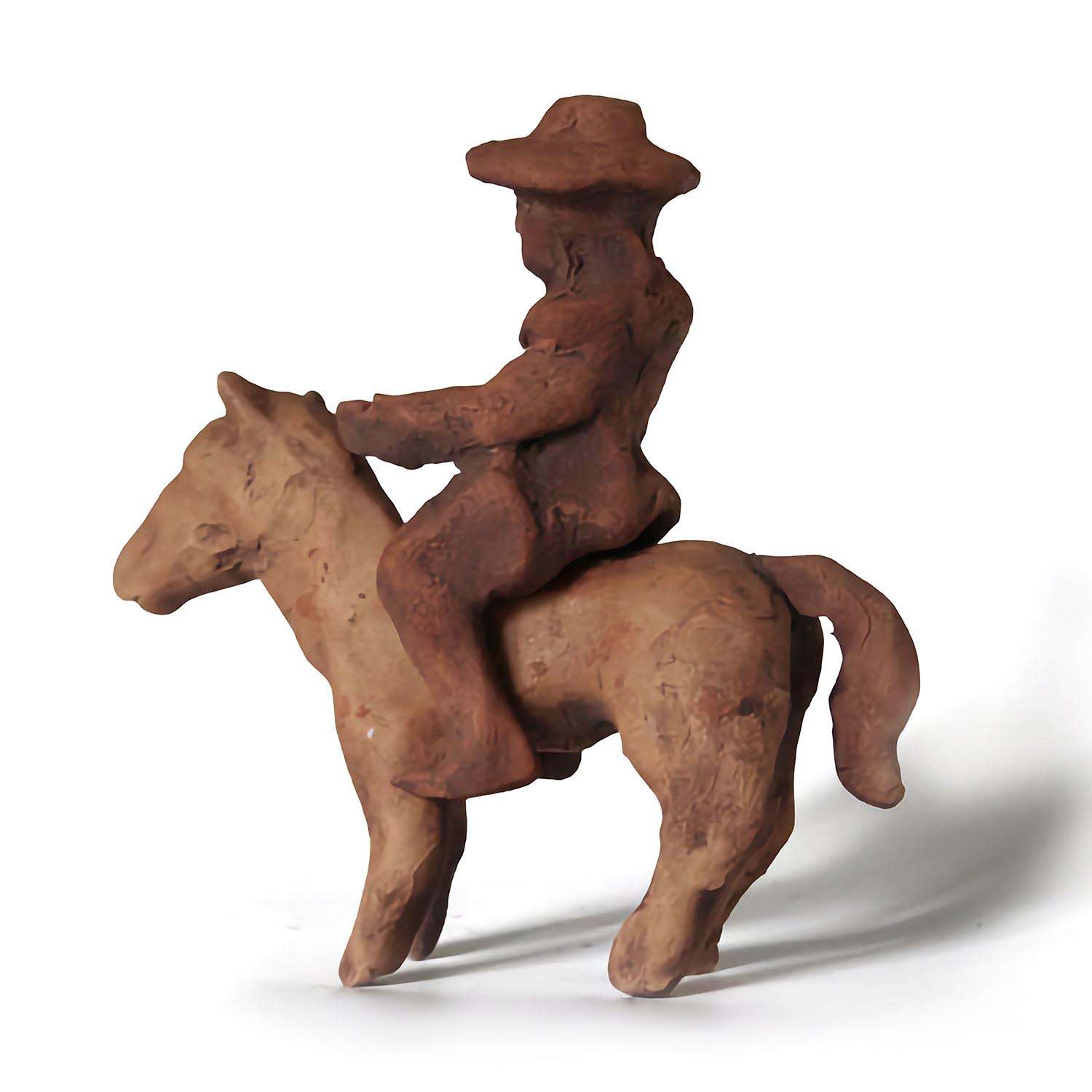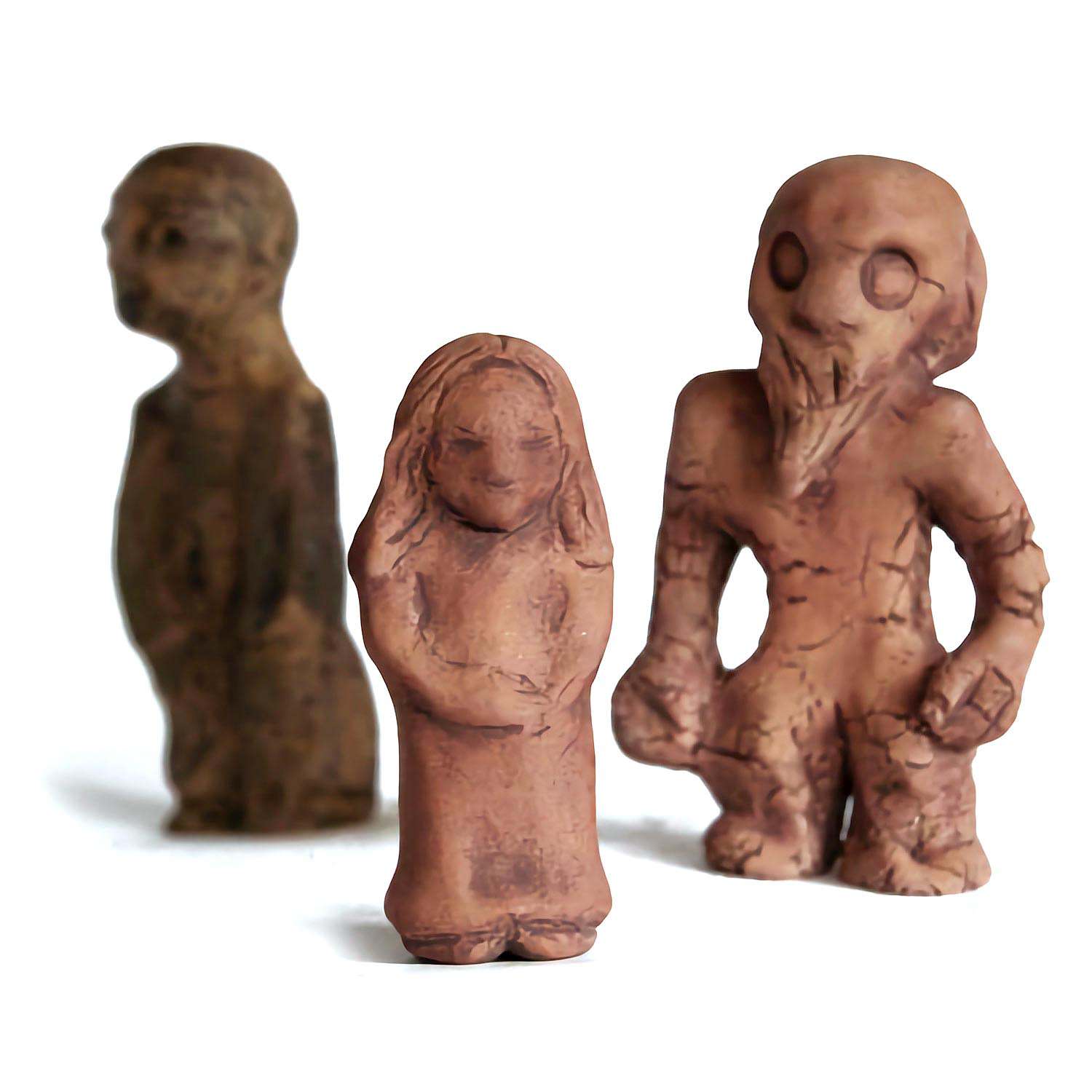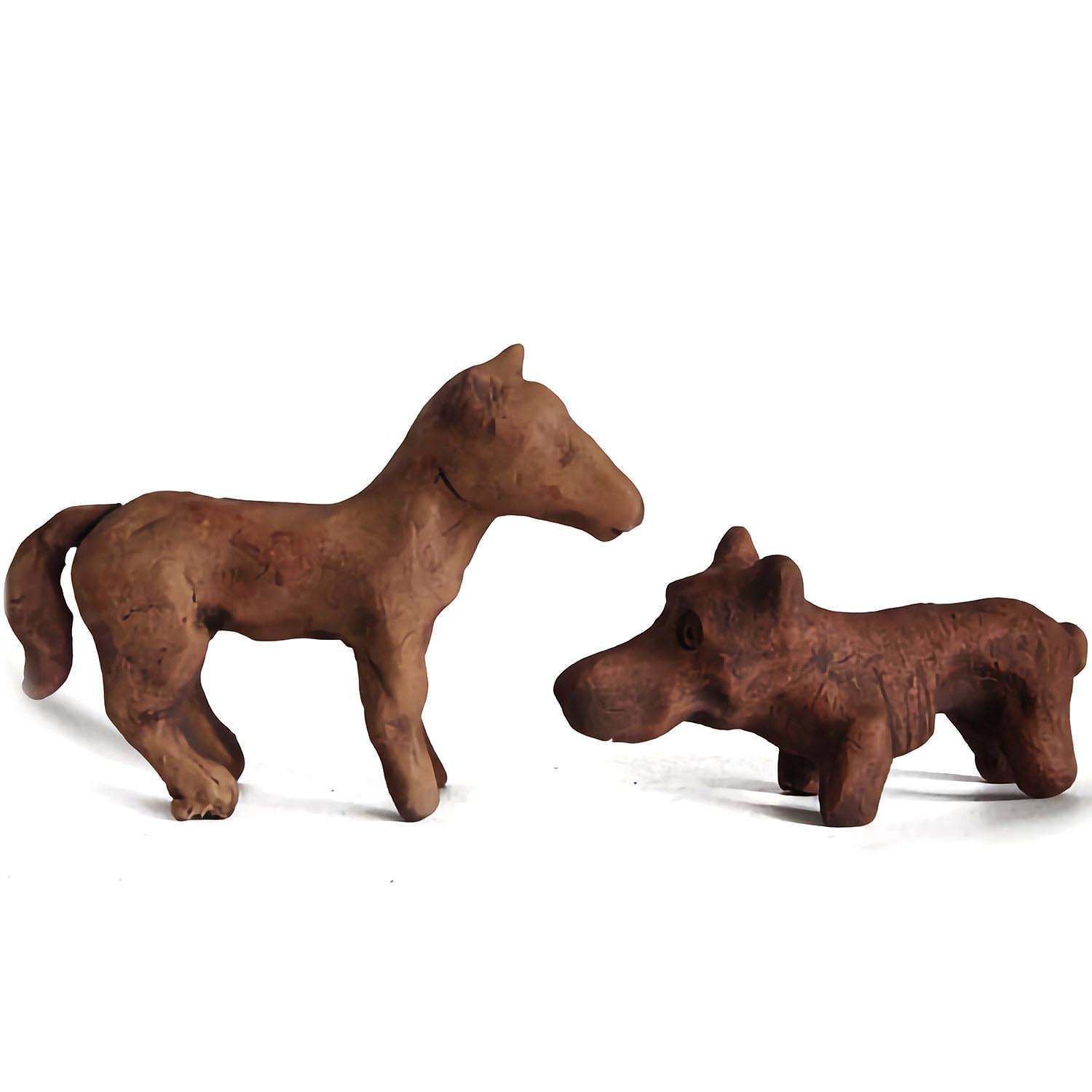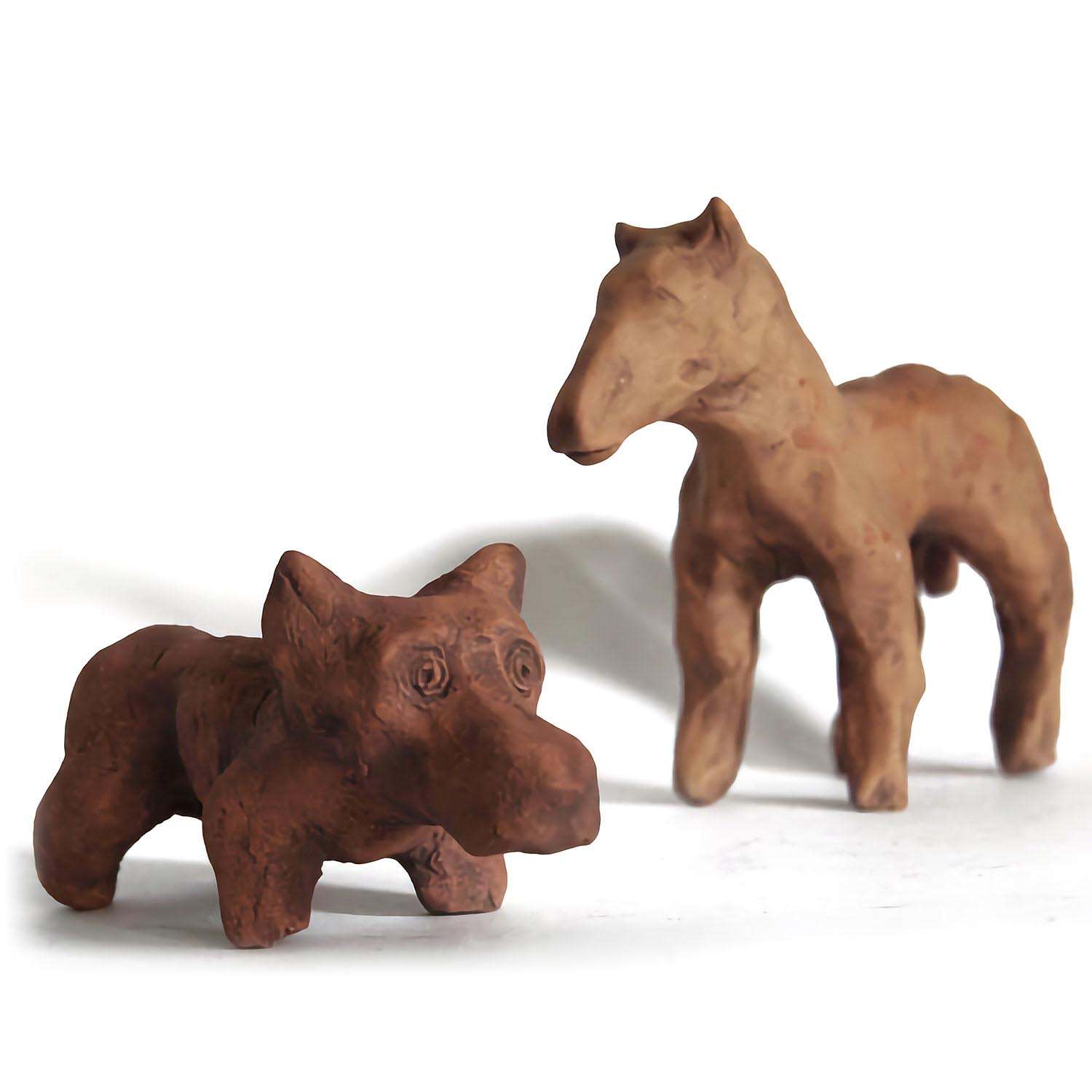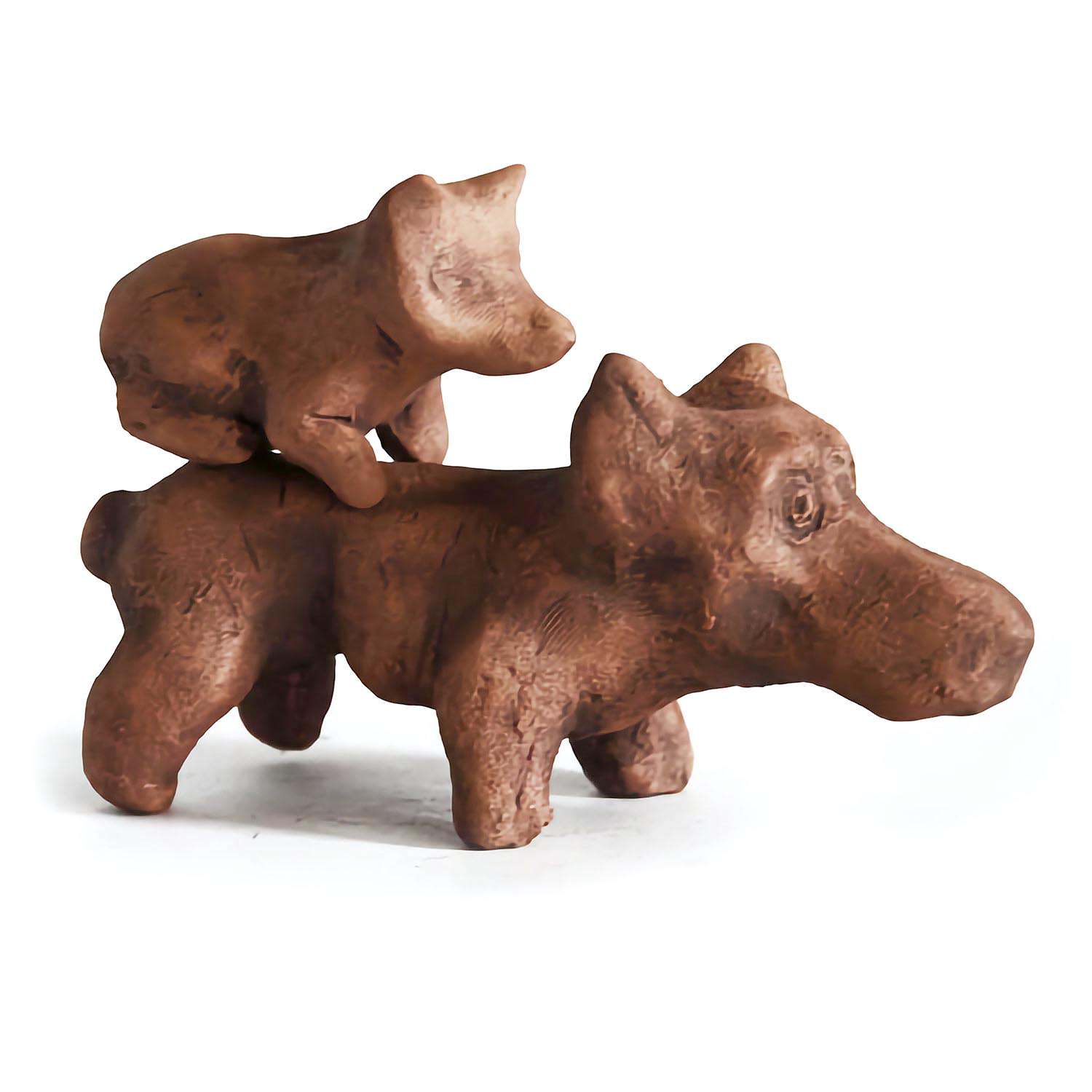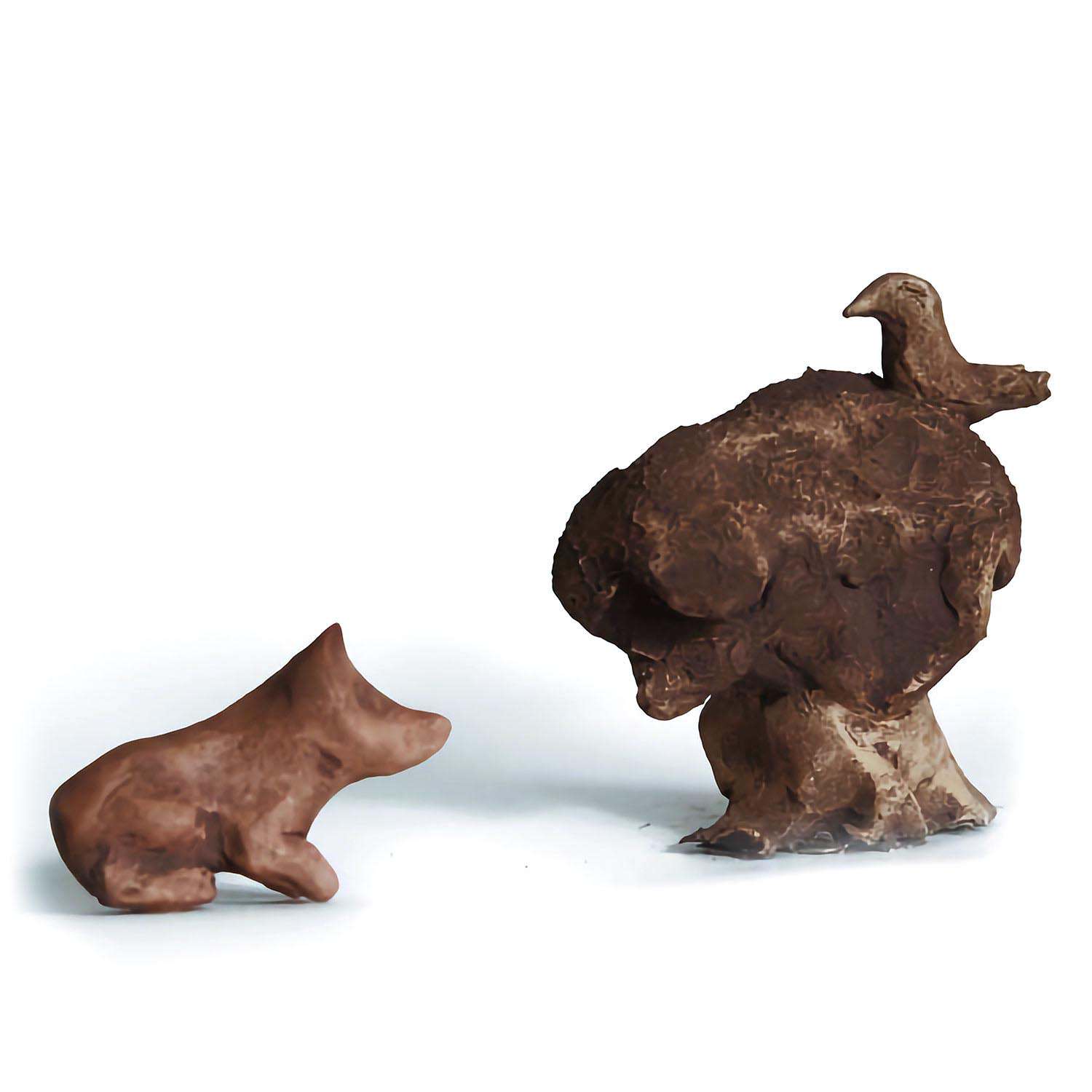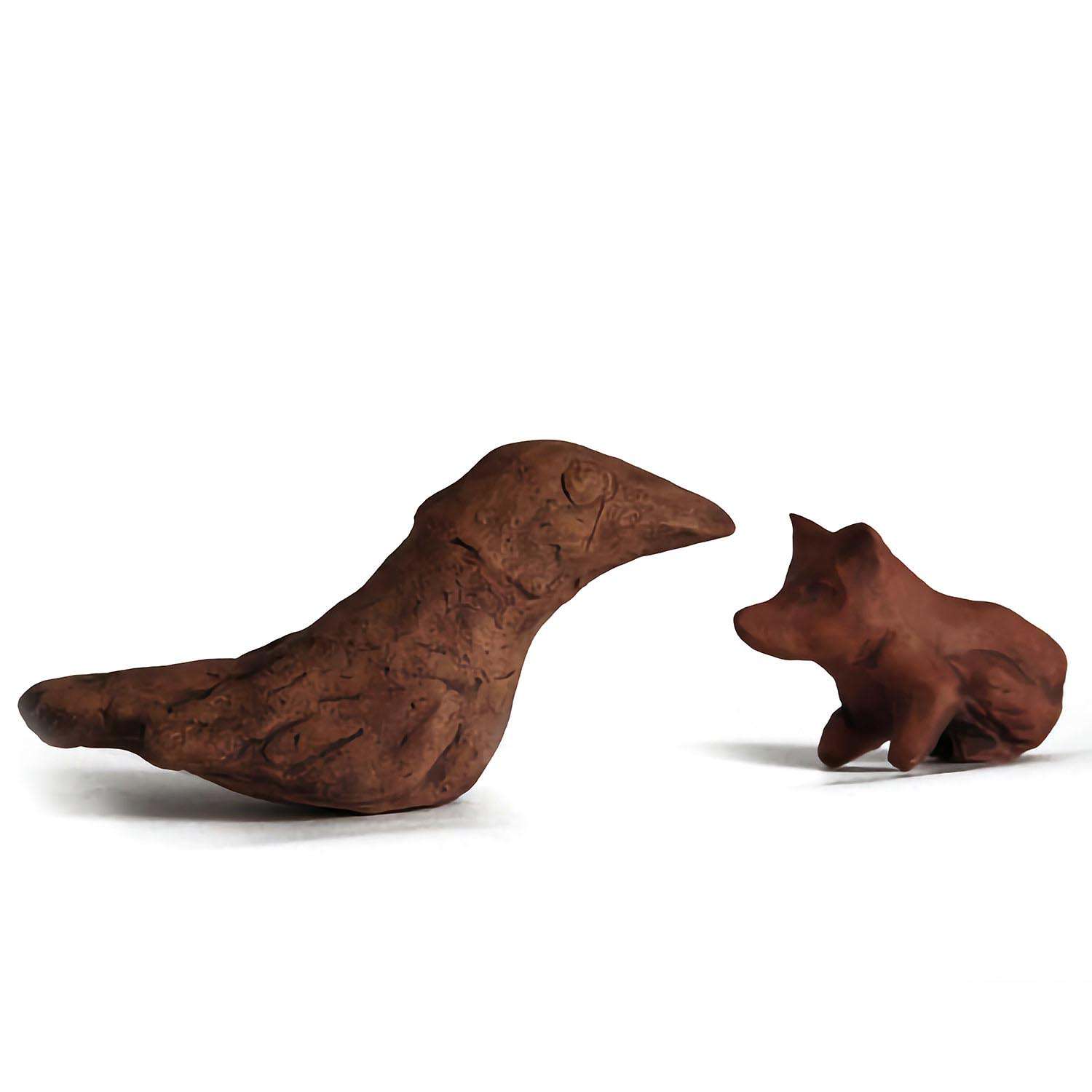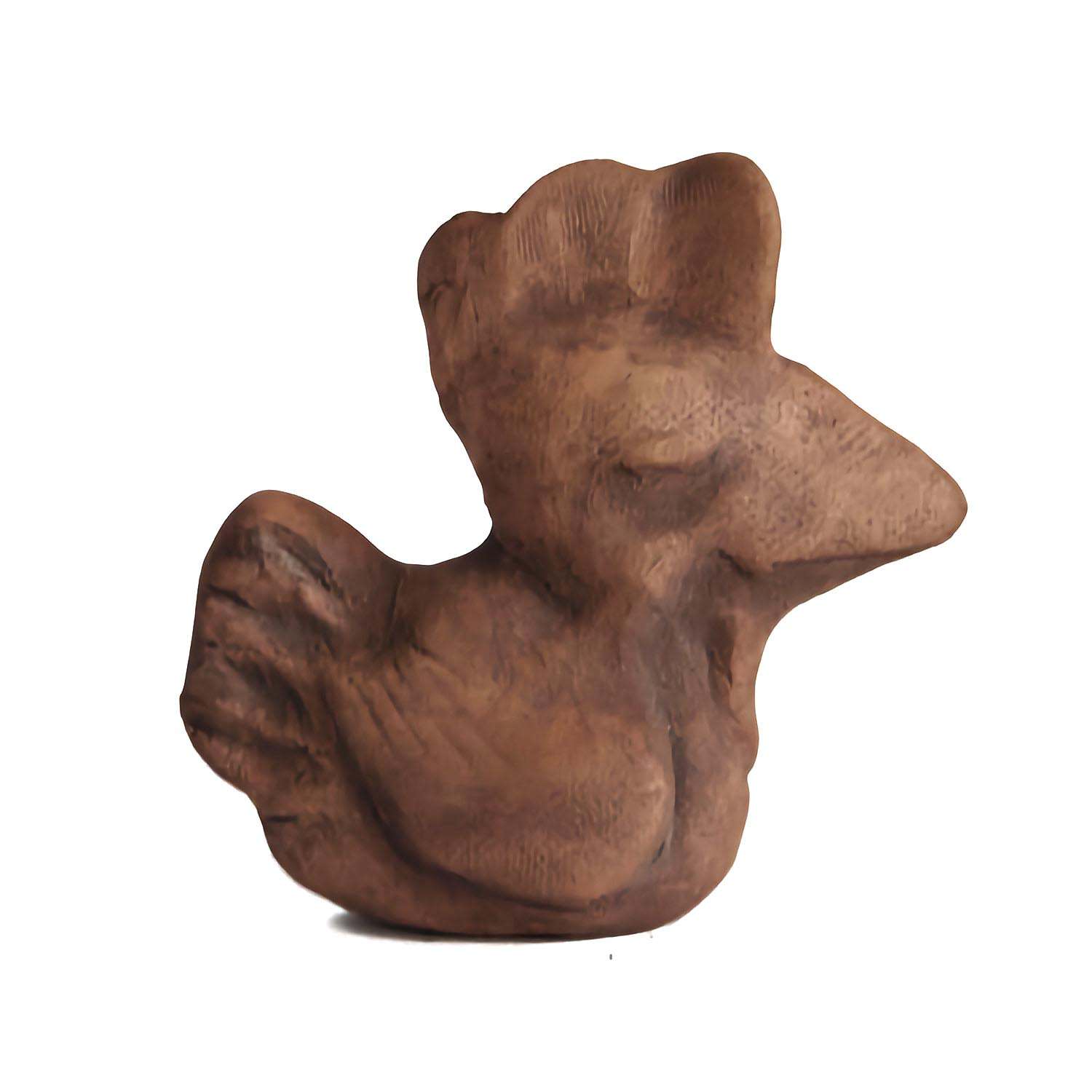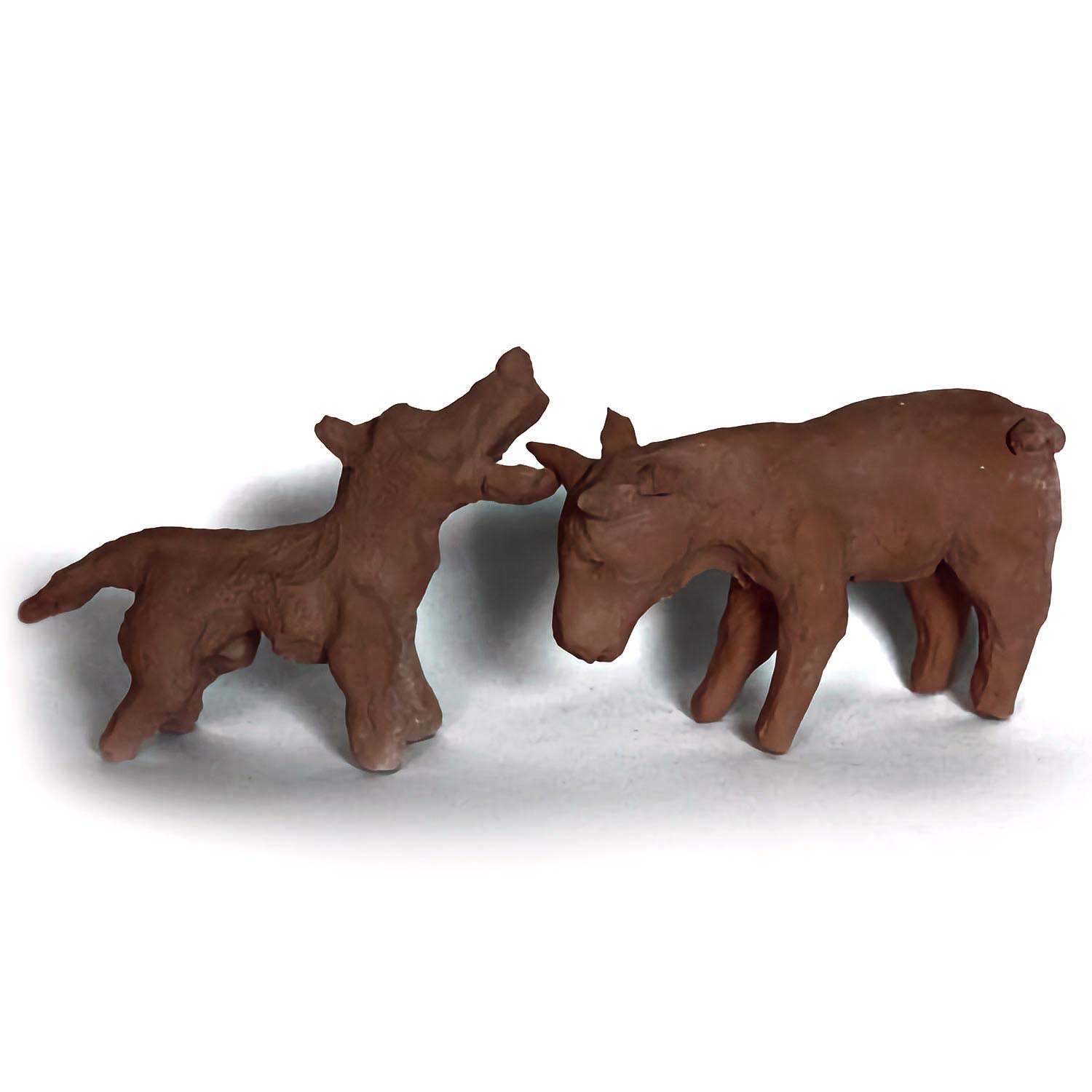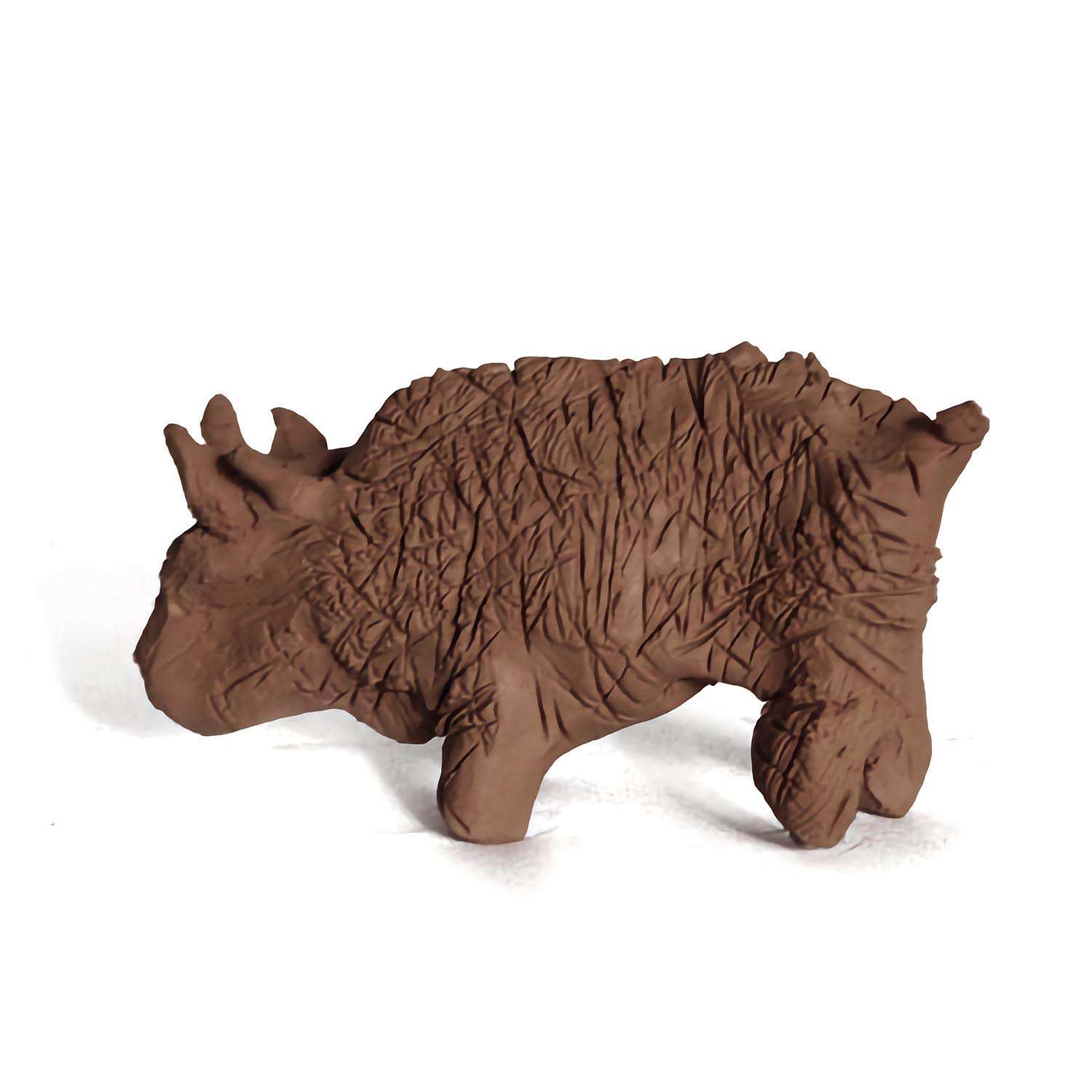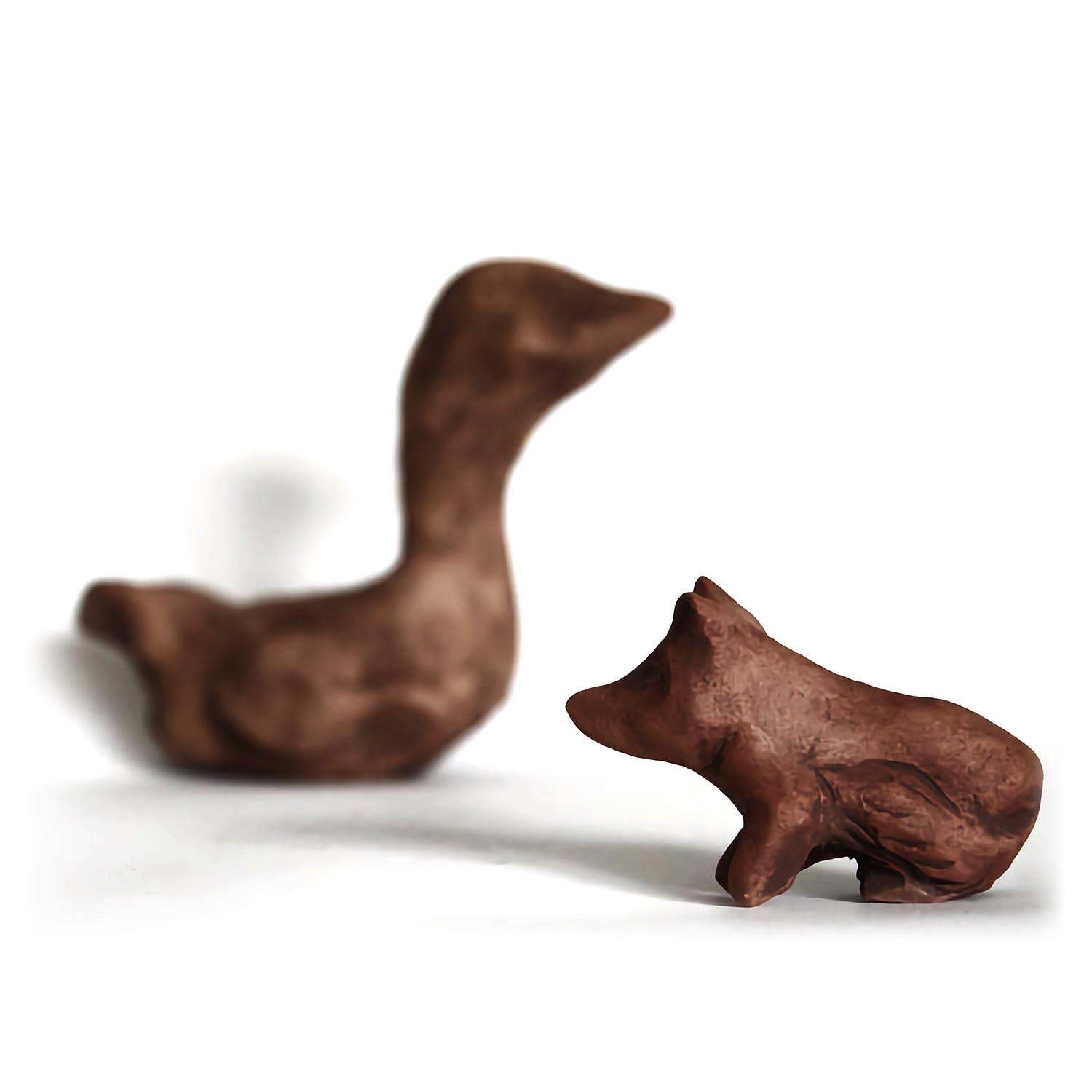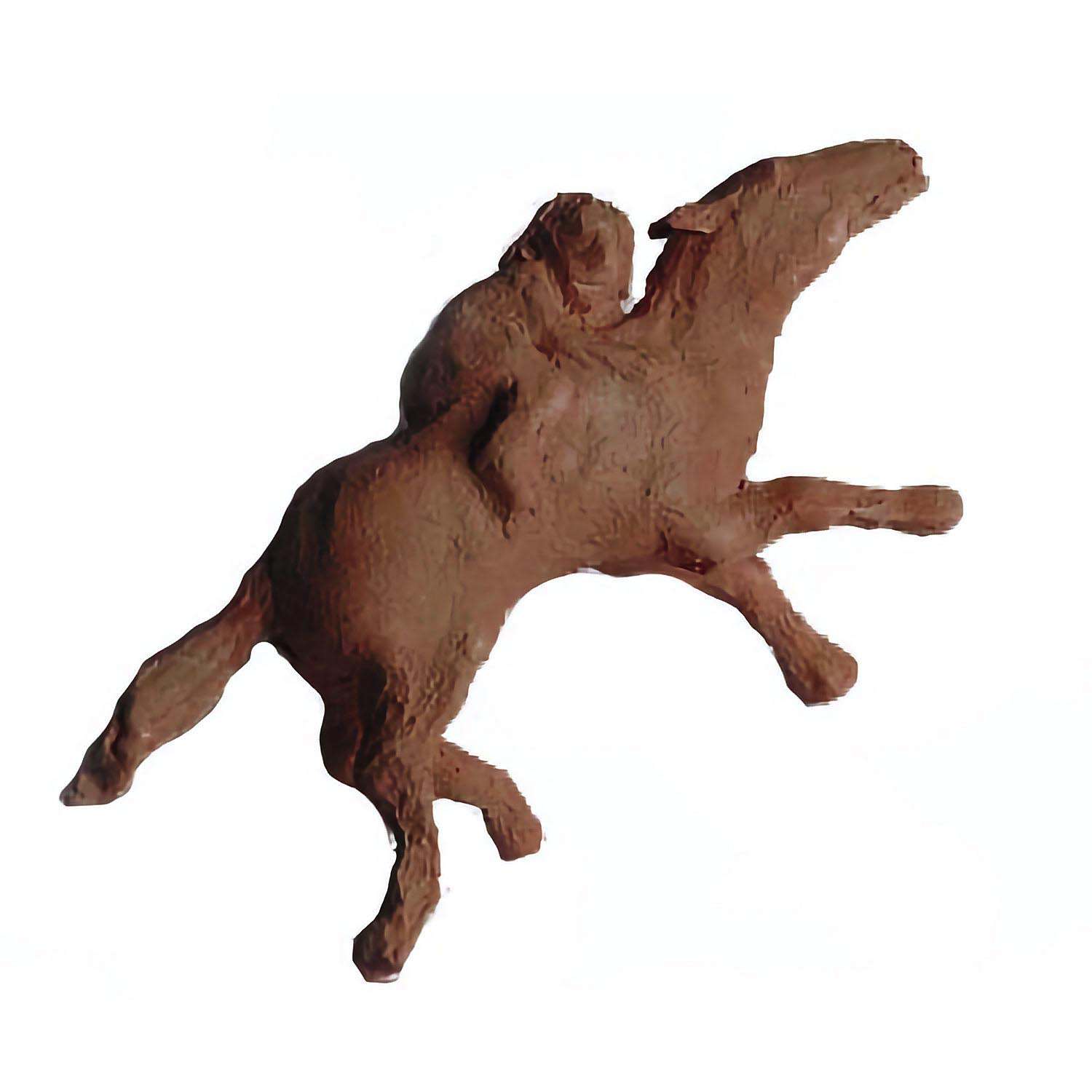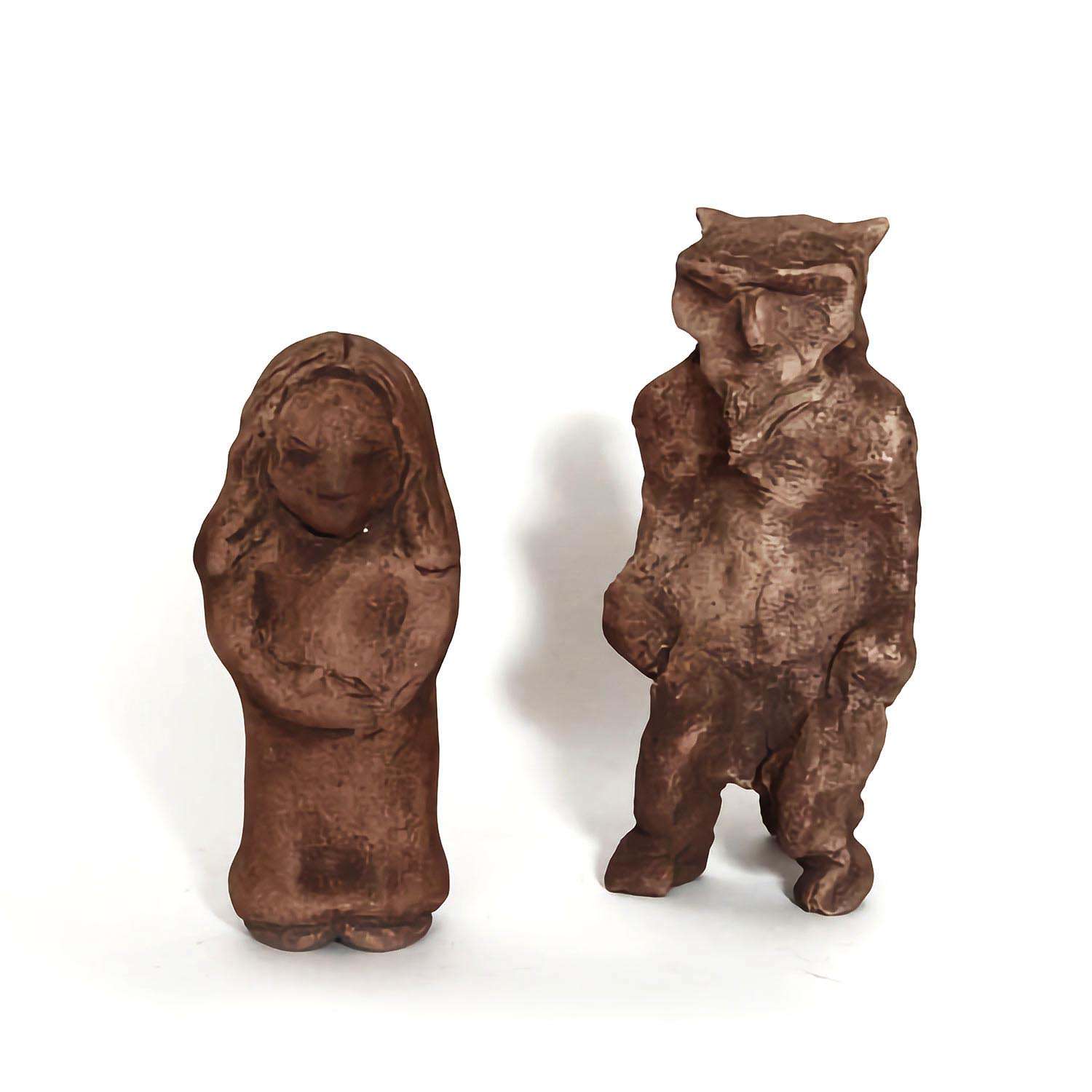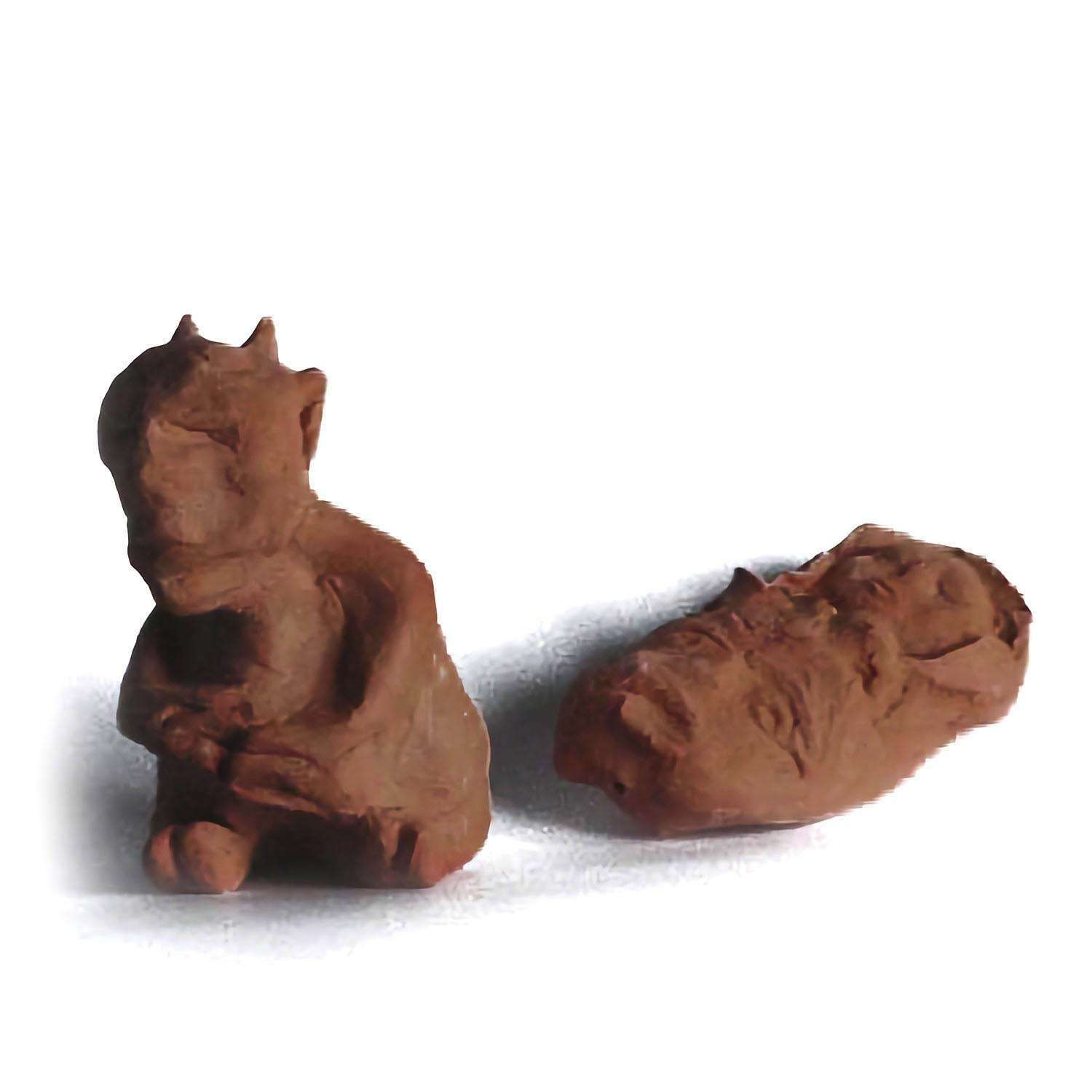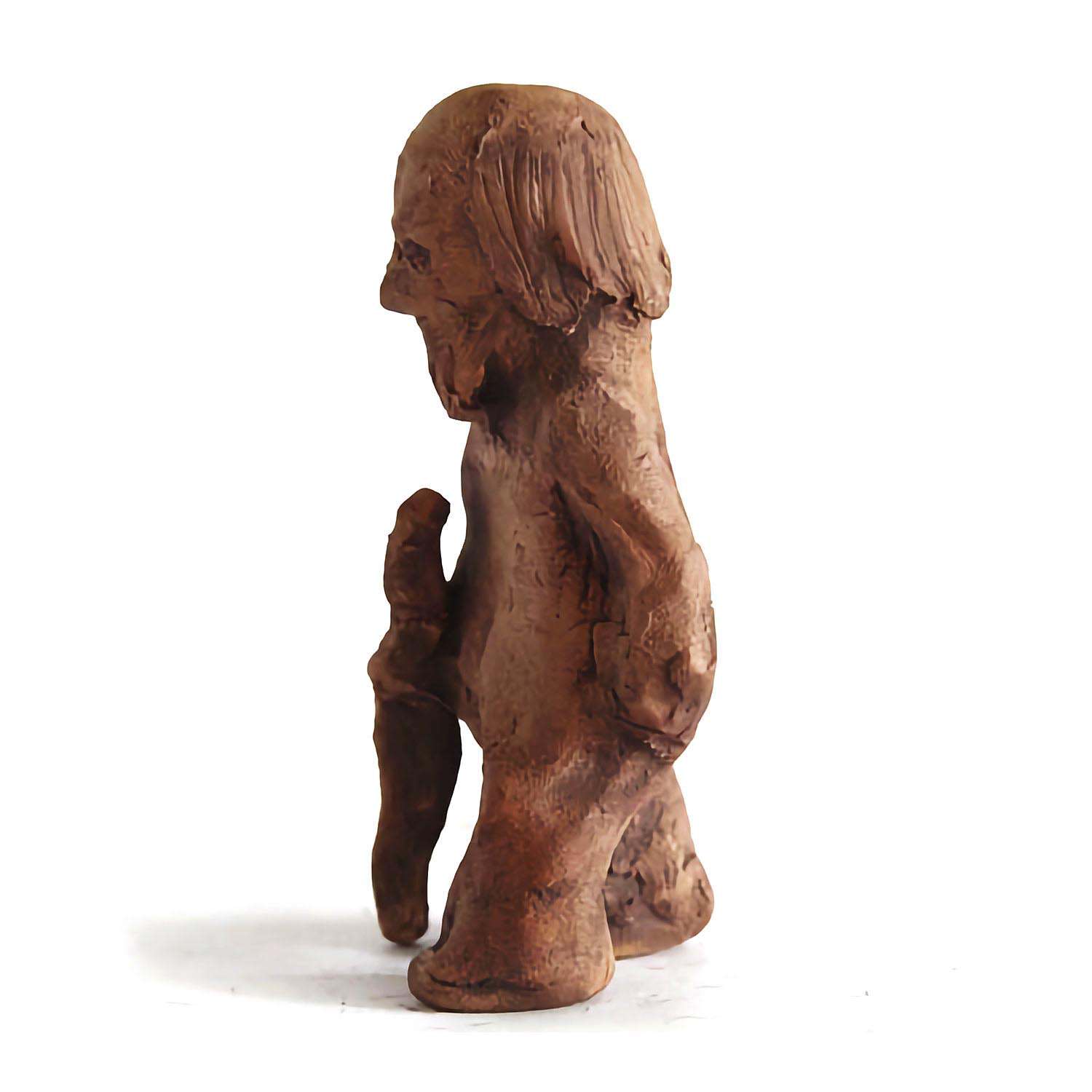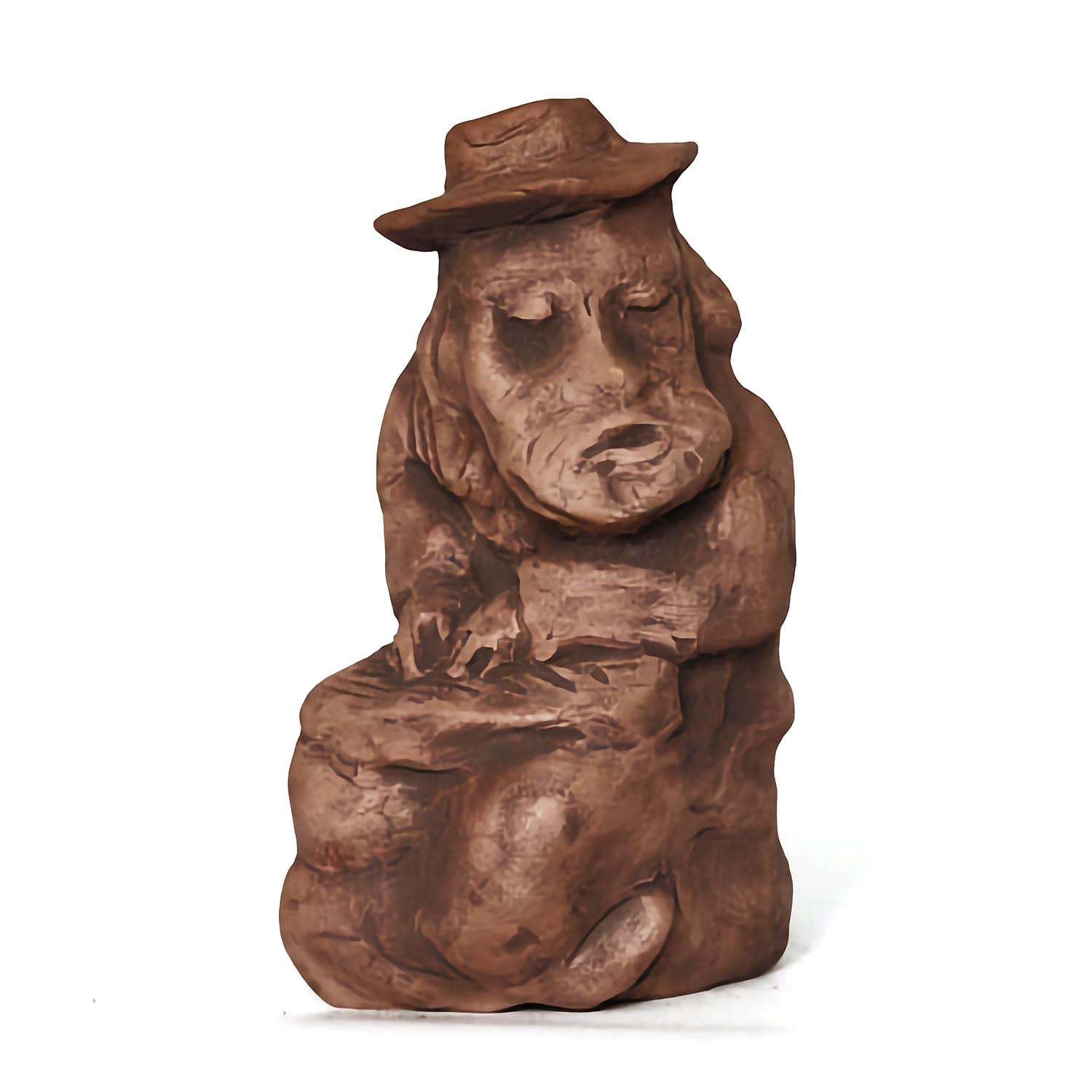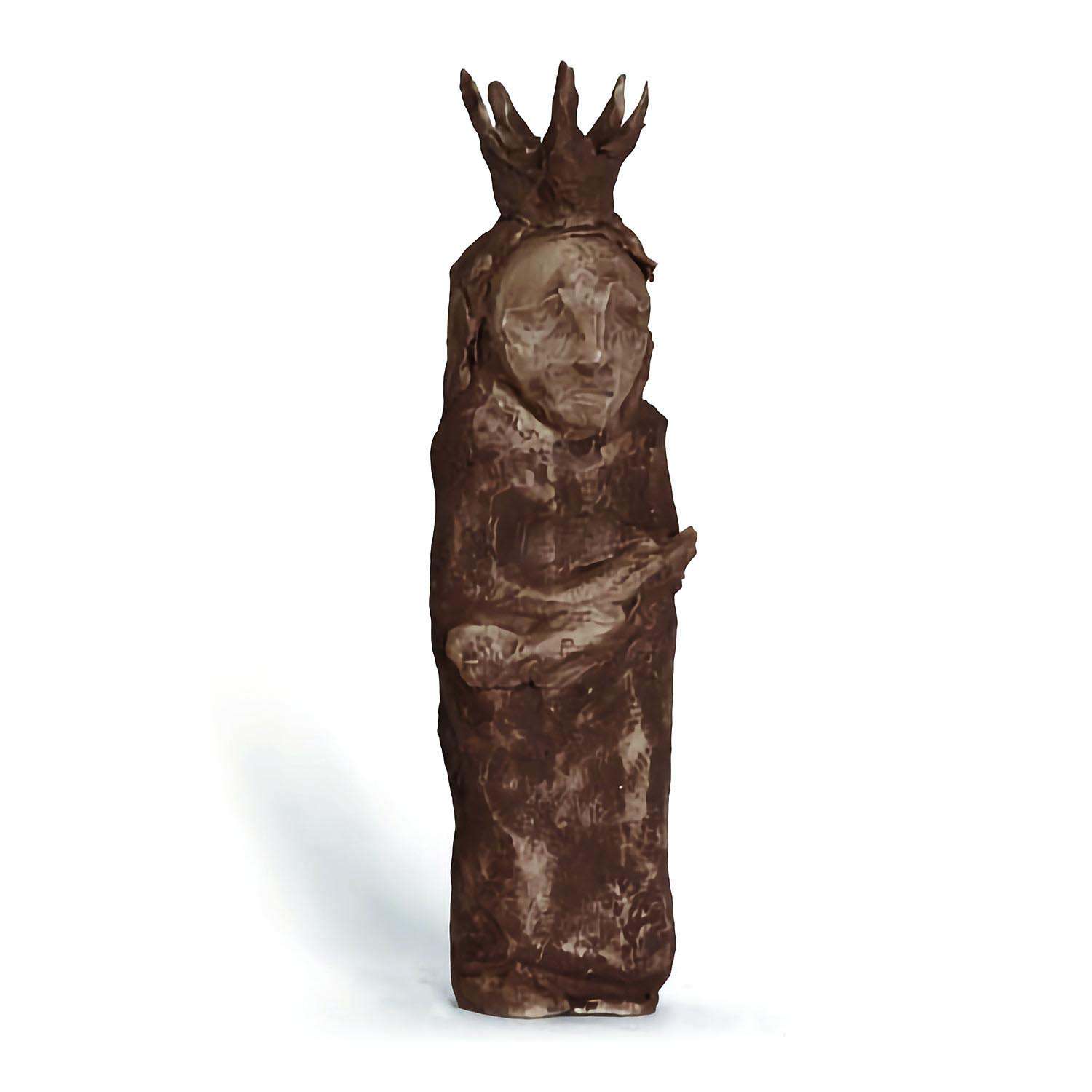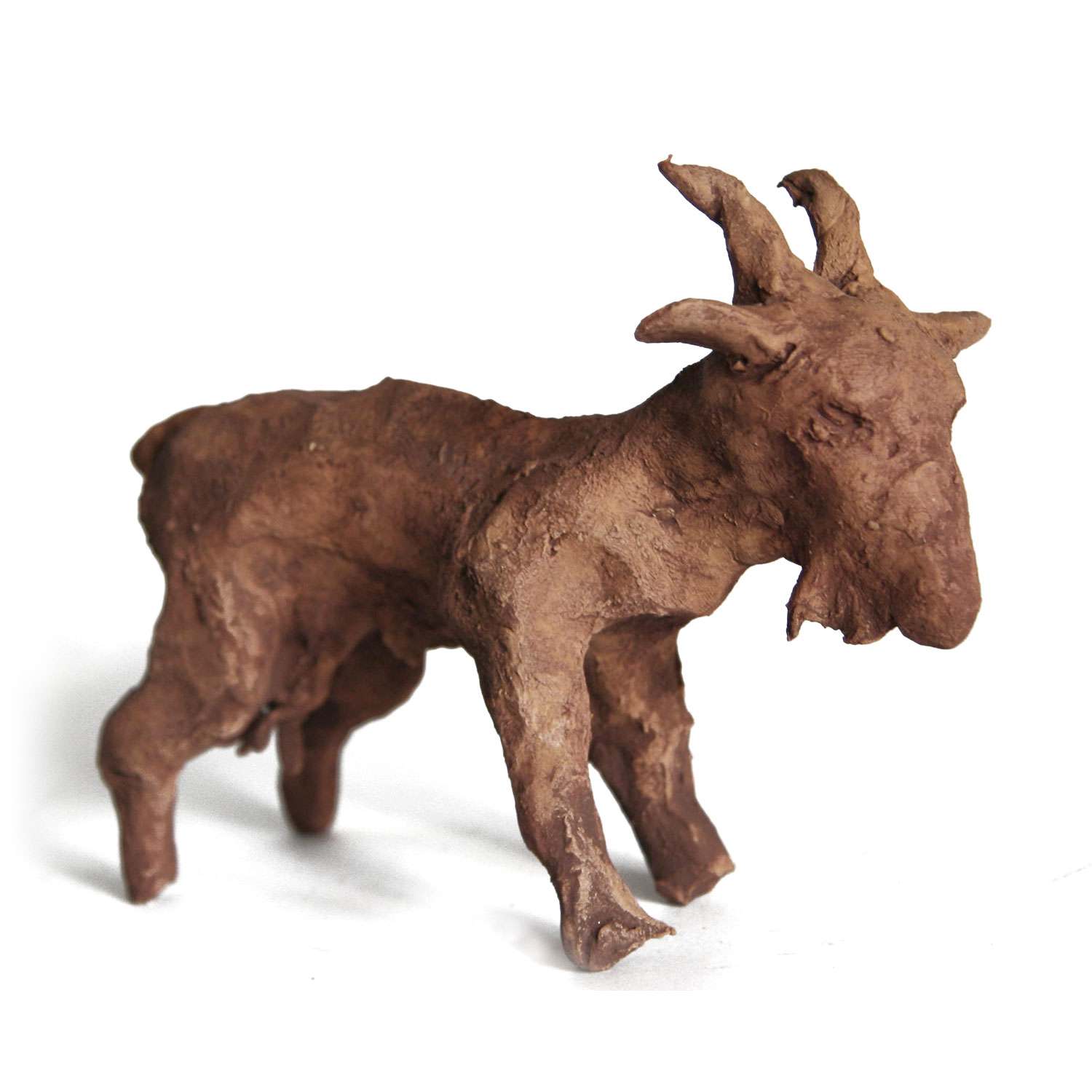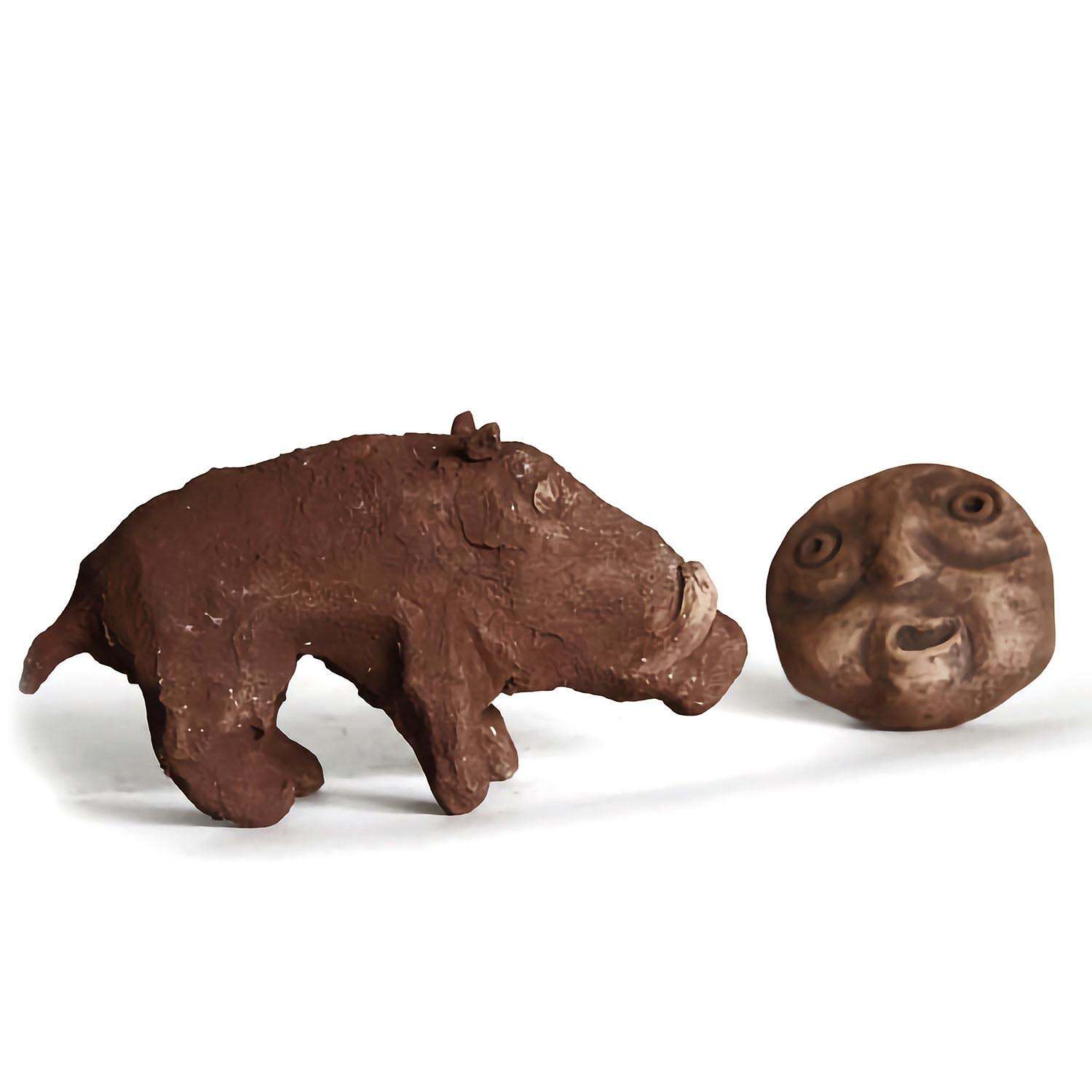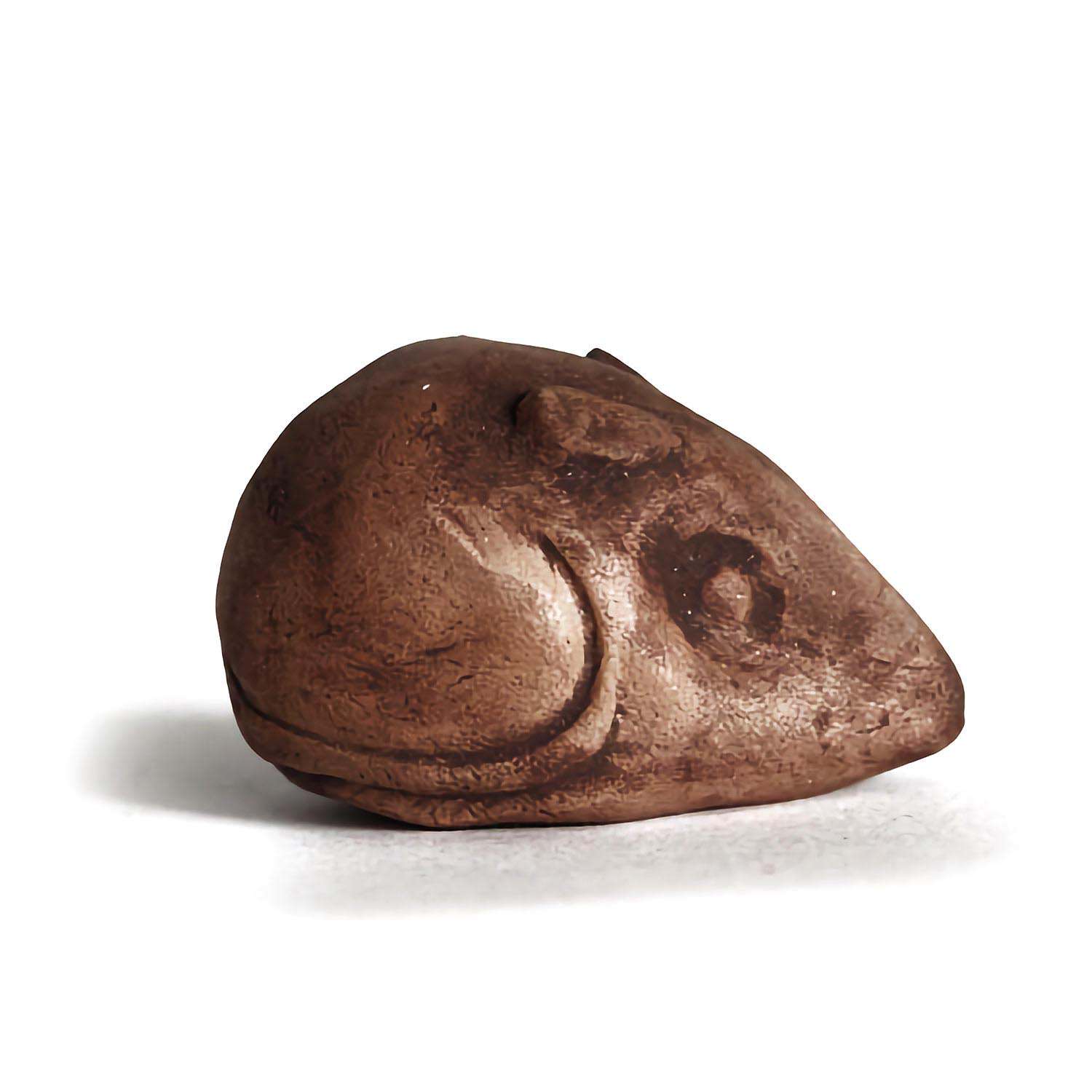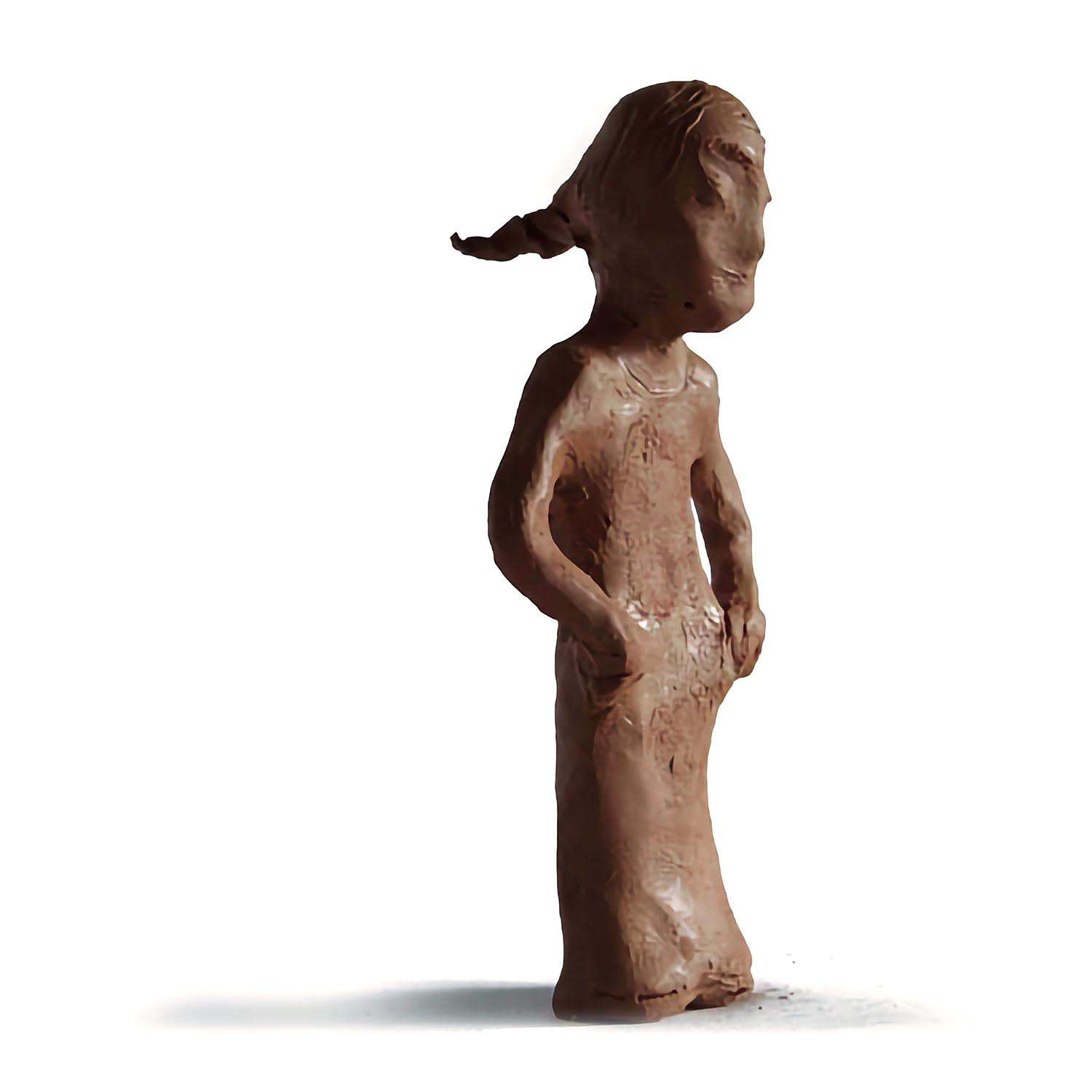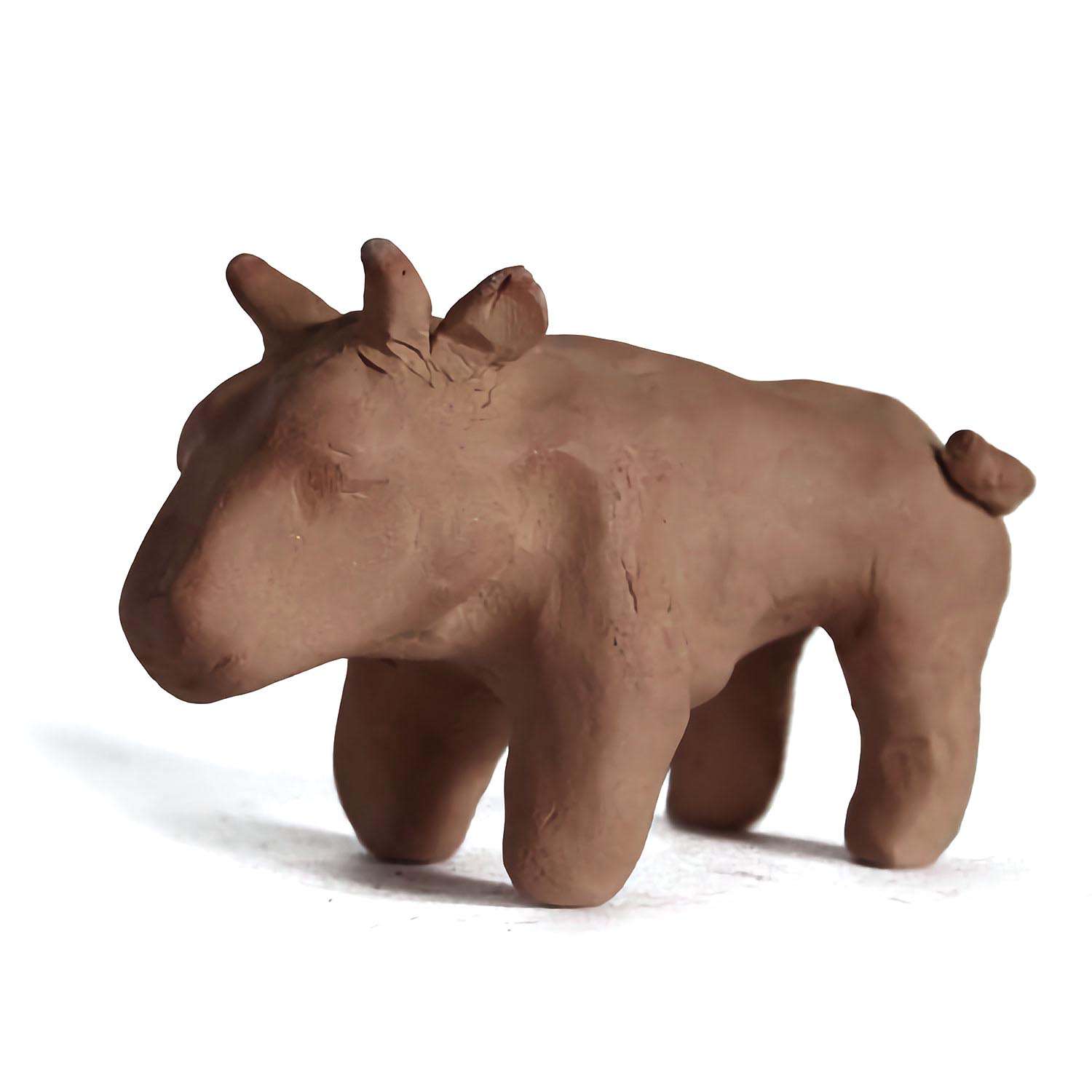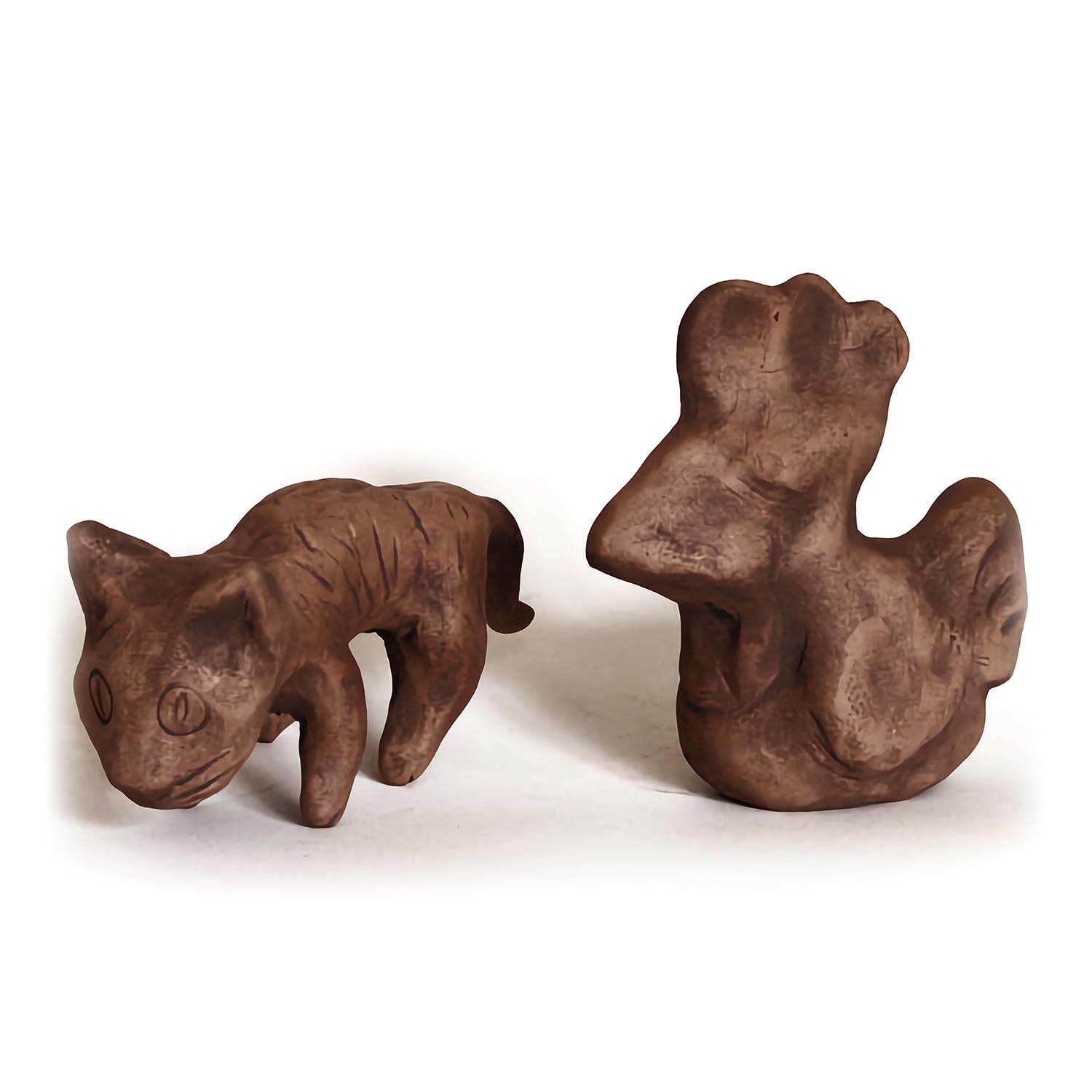Introduction
The DVD is a result of the expeditions to the Seto region undertaken by folklore students of the University of Tartu in 2004–2006. Our aim was to collect folk tales, particularly fairy tales. On our trips we met numerous fantastic people who had heard fairy tales from their parents and grandparents and had been telling stories to their own children and grandchildren. The stories could well fill a whole evening – at times the storytelling lasted so long that the storytellers had no energy left and had to turn to the “white ox” to help them out.
The storytellers were happy to have their tales recorded for preservation in the Estonian Folklore Archives. The fairy tales we heard were so wonderful that in the final year of collecting we conceived the idea of sharing the recordings with other people and publishing the video recordings. In 2007–2008 I visited some of the storytellers again to record their tales for the present DVD. From among the collected fairy tales that numbered over a couple of hundred all in all two dozen were chosen for the DVD, and an extra tale in which the storyteller used animal figures was added.
The fairy tales on the DVD tell about everyday life in the past and occasionally describe archaic ethnographic detail (e.g. the tales “The Life story of Flax”, “The Trough”, “The Fox Gets Cheese from the Crow by Trickery”). At the same time, the relations between the characters of the tales and their problems, and the general messages of the tales may be topical even today. Several of the tales are well known also among other peoples (references to the tale types in the international index are provided at the end of each tale in the booklet), but “Coal Porridge” and “Up the Beanstalk to Heaven” for instance has been recorded only among the Seto. When watching-listening to the tales one should bear in mind that it is not only the Seto language that one can hear in the region in the 21st century. Often the tales were told in a mixture of Seto and standard Estonian, but there were also cases of standard Estonian pure and simple.
Often, the storytellers could hold their own in both languages – thus one storyteller first told us her tale in Seto, but used Standard Estonian when telling the story for the second time in front of the camera. Not all tales were remembered equally well, as often the storytellers had been telling their tales several years, in some cases even several decades, earlier.
In traditional folklore, not all tales always have “titles”. In cases when the storyteller has used one, it has been preserved; in the rest of the cases an attempt was made to pick a title, drawing on the storyteller’s text. After each title the storyteller’s name and the location have been provided, and, if known, the source from which they have heard their tale.
There are subtitles in Seto and Estonian which can be used as aids while watching and listening to the tales. As oral speech is different from what we are used to reading in print, there are omissions in the subtitles, e.g. fillers without any significant meaning and the storytellers’ unfinished attempts at formulation characteristic of oral tradition. When the storytellers correct themselves, only the final versions have been provided. Those who are interested in the exact original texts can find these in the Web publication www.folklore.ee/UTfolkl/mj/valgeharg. In some cases, the editors of the subtitles in Seto have added characters, full words and comments in square brackets to make understanding easier. The Estonian subtitles fill in missing elements without drawing attention to the additions. The style of the translations into Estonian roughly attempts to imitate what can be heard, only the use of the diminutive characteristic of the Seto language has been reduced.
For those who prefer reading the text in a book we provide the Seto version of the subtitles and short English summaries of the texts. Yet it is certainly worth one’s while trying to remember and retell the tales directly from the storytellers, based only on watching-listening to the tales – the way it was done in olden times.
Many thanks: Paul Binding, Mairi Kaasik, Andreas Kalkun, Piret Päär, Reeli Reinaus, Mari Sarv, Kärri Toomeos-Orglaan
Greatest thanks to the fellow members of 2004–2006 expedition teams.
